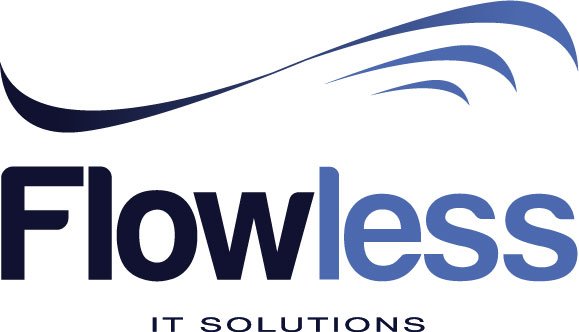Do you ever wonder if there was a great way of producing more whilst using reduced man power? Of course, you have minimizing inputs whilst maximizing output is the business 101 concept you carry from day one and strive to completely tackle during your entire careers. It is all about shojinka.
What is Shojinka?
Shojinka is likewise known a flexible manufacturing or flexible staffing. This is the Japanese word that originated from the lean manufacturing principles of Toyota. Since the time it became widely publicized in 1980s, lean manufacturing was integrated in countless companies, with an aim to minimize wasted input in the production. The concept of flexible staffing has become the leading performer in lean philosophy.
This Japanese word is also defined as the flexible manpower line and it is the ability to modify the line in order to meet the production requirements with a number of demand changes and workers. There are times that it is known as the labor linearity when translated in English, pertaining to the ability of the assembly line to be balanced even if the production capacity fluctuates down or up.
Furthermore, Shojinka is the type of flexible manufacturing wherein the number of workers differs to match the demand requisites. It is obviously superior to the static system which staff working regions with no consideration to the fluctuations in the production requisites. Being capable of reassigning people to precisely where they are required would help in keeping the production regions of falling behind. This type of flexible staffing is also release people to work on the improvement projects if demand is low through the board. The primary reason why it was not done frequently is that it is taking a marvellous quantity of work in management and preparation.
The Requisites of Shojinka
In Shojinka, the following should be considered:
• The workers should be extremely cross-trained to be able to move while the demand is fluctuating.
• The managers should have a clear understanding and realization of demand.
• The team should have playbooks in order to know where they go at different production levels.
• The system should be designed in order to operate in different worker configurations.
• Processes should be extremely standardized so the output will be the same no matter who does the work.
It is very important to take note that the use of the Japanese terms like shojinka could be offputting to some workers and staffs. Alternative terms do include lithe playbooks and manufacturing as well as flexible staffing. There’s also an aspect of shojinka in everyday management.
The major benefit of flexible staffing is that the employees become flexible. What it really means is that the workers are trained in all or most aspects of production. It lets them to be moved around while the demand is changing. A flexible workforce allows your efficiency to stay high underneath any production demands, rather than just a pre-determined set. It will also make it possible for the employees to work on different sides or enhancement products if the demand is low athwart the board.
— Slimane Zouggari
